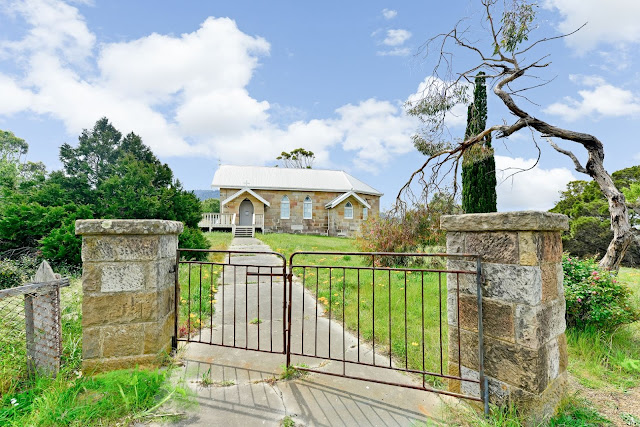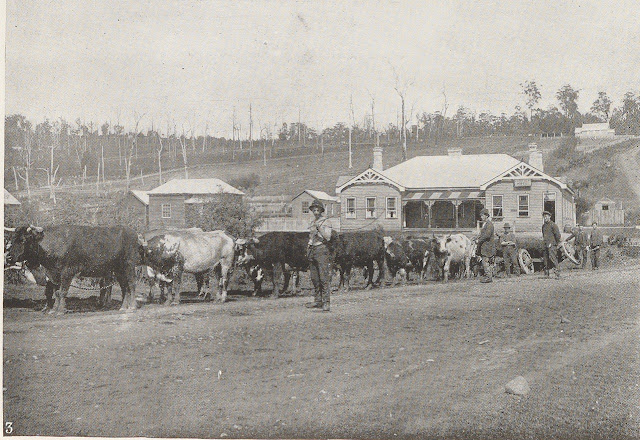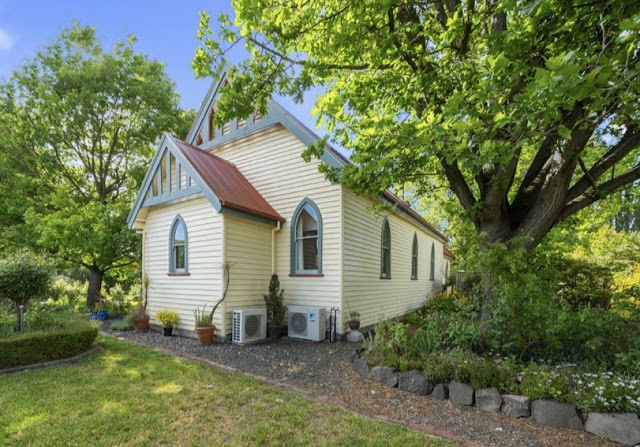No. 624 - Dunalley - St Martin's Anglican Church - "In grateful memory of the men who fought in the Great War"

Dunalley is village on the Arthur Highway approximately 60 kilometres east of Hobart. It stands on the narrow isthmus connected to the Forestier Peninsula. The Denison Canal runs through the village and connects Blackman Bay and Fredrick Henry Bay. Dunalley was badly affected by bushfires in January 2013 with the town losing over 60 buildings including the Police Station and school. St Martin’s is the only public building left standing after the fires. St Martin’s Anglican has recently featured in the news following its sale. It is one of over 50 churches to be sold to meet the Anglican Church’s commitment to the National Redress Scheme. St Martin’s is an unusual church into two respects. Firstly, it is constructed from stone from the former Government stores at the old Coal Mines penal station at Saltwater River, which is now a UNESCO World Heritage site. Secondly, the church was built as a memorial to the men of the district who fought and died in the Great War. As such, the buildin...





